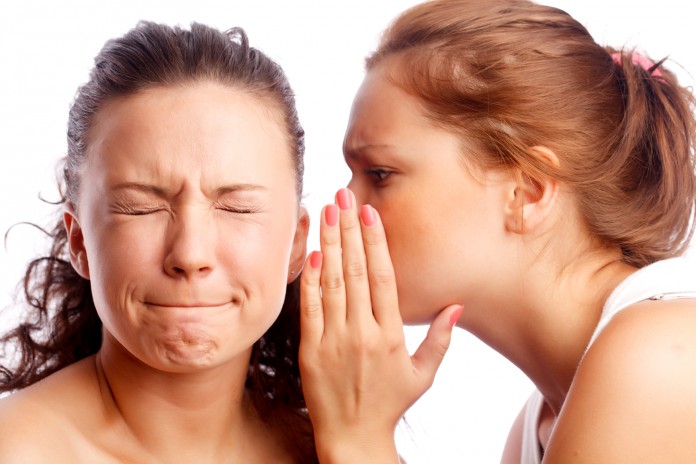There are just some things we runners do not talk about or share with our friends or even team mates. And when we do, we realize that many actually encounter similar experiences of these embarrassing problems during their running journey. As gross or unsightly the following points might sound or look, it is always good to know how to deal with them to help your running buddies and yourselves get out of awkward situations.
1. Black, loose toe nails
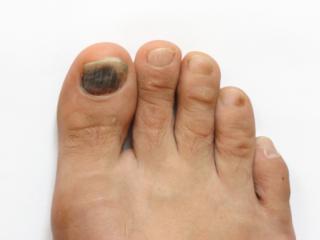
Black toe nails are commonly found in those who run long-distance events or those wearing shoes sizes that are not suitable for them. The constant rubbing of the toe against the shoe results in a blood blister forming under the nail, which causes the nail to eventually detach from the flesh and fall off. While the pain wears off gradually after the first day of blister formation, it is not exactly pleasant when it comes to wearing open-toe shoes and might be troublesome to keep trimming the loose ends.
Solution: Wear the correct shoe size. Trim your toenails, and keep your feet moisture-free during runs by wearing wicking socks instead of cotton ones. Do not forcefully remove the blackened toe nail and let it fall out on its own so that it will be a painless and fuss-free process.
2. Itchy over here, there and everywhere
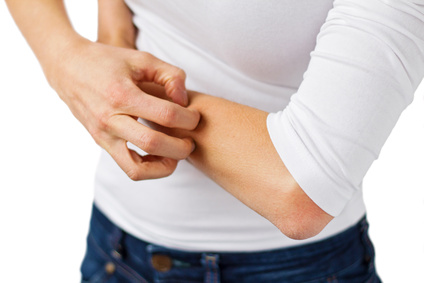
First, identify what kind of itch you are experiencing:
(a) Itchy legs: Sometimes you end up running and scratching at the same time because of an intolerable and unidentifiable itch around your legs. This is usually experienced by people with lower fitness levels. Fit runners have capillaries that remain open to allow maximum blood to flow during exercise, where millions of capillaries and arteries in muscles expand quickly in need of more blood. In contrast, the capillaries of inactive runners collapse, resulting in safe but little blood passage. As a result, the brain receives nerve impulses from nearby receptors and translates the expansion sensation as an itch.
Solution: Don’t stop running and run more! Increasing your fitness will help reduce the itch. Alternatively, if you have dry skin, try to apply moisturizers after bath or shower and avoid using laundry detergent with perfume or dyes on your running outfit. This reduces skin allergies and itch.
(b) Rashes of Hives
If the itching is accompanied by a rash, you might be experiencing exercise-induced anaphylaxis (EIA) or Cholinergic Urticaria.
In addition to skin rash, EIA comes with breathing difficulties, light-headedness, stomach upset or nausea. It usually requires an additional trigger factor besides running to result in a full-blown EIA such as nuts, seafood, cold weather or alcohol.
As for Cholinergic Urticaria, besides itching, there will be formation of small hives and swelling of skin. This is caused by rising body temperature during workout, especially in hot weathers.
Solution for EIA: Stop exercising immediately! Consult a medical practitioner and he/she will most likely administer an injection to stop the symptoms
Solution for CU: Avoid workouts on hot and humid days, reduce workout intensity and stop when you see the initial symptoms of hives formation. Consult a medical practitioner if the symptoms persist or worsen after stopping.
3. Men: The 2 Bloody spots
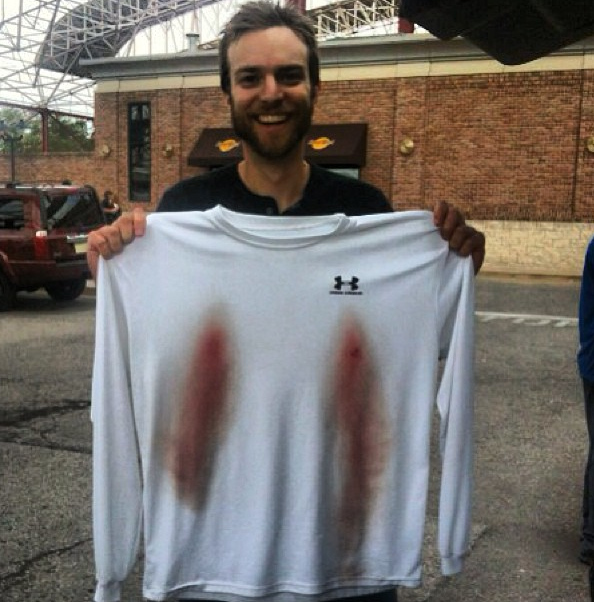
Do not get alarmed if you see 2 blood stained spots on a man’s (usually) race tee after a hot race day. Nipple Chaffing is basically a painful skin irritation caused by long periods of friction between the nipple and clothing. This sensitive area will tear and bleed when rubbed beyond its protection layer. Women seldom experience such chaffing as they wear tight-fitted sports bras for runs.
Solution: Men who should avoid wearing loose-fitting shirts during exercise and should wear synthetic fabric clothing instead of cotton. A recommended tip is to use waterproof bandage and stick it over the sensitive areas before exercise to protect it against the cloth. Applying petroleum jelly such as Vaseline or anti-chafing balm can help reduce friction. Some runners wear a tight inner layer before wearing their race tee as well.
4. Women: Time of the month
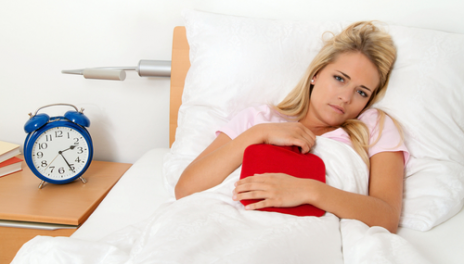
Period. The time of the month that makes women feel emotional, exhausted, bloated and a whole list of other menstrual symptoms due to the change in hormone levels of the menstrual cycle. However, this should not stop any women from running a race or training for one! While some suffer from severe menstrual cramps or other conditions that render one to be stuck in bed the entire day, a slow jog or breath of fresh air will not worsen your situation.
Solution: In actual fact, menstruation have little impact on your running and can actually help you get over the associated PMS! If you know that your race day falls within your menstruating period, try to run with it before the race to know how your body can adapt to it. Tampons are more useful than pads during an actual race for better support and comfort.
5. Passing out gas while running
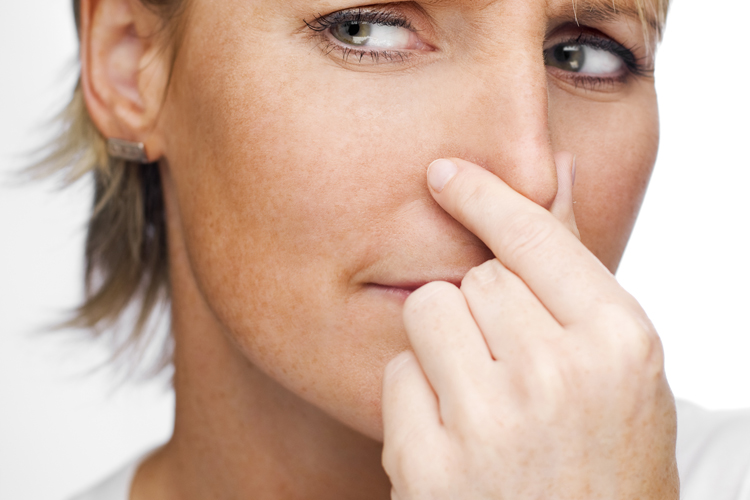
You do not have to admit it but there is definitely some point during your running journey when you let out gas while running and hoped that no one discovered the true culprit.
Solution: Eating foods that are fiber-rich and sugary such are beans, bran and vegetables a few hours before your run can lead to gas output during your run. Different people’s digestive system react to the same type of foods differently. Hence, it is up to your own discretion as to when to enjoy those foods mentioned above.
Another tip is to eat slower. When you eat or drink, air is being swallowed at the same time. By slowing down the process, you gulp down lesser air in your body and naturally pass out lesser gas.
As members of the running community, sharing is caring. So do share these helpful tips to your running buddies and prevent yourselves from experiencing these not-so-problematic problems and run happy and embarrassment-free!


